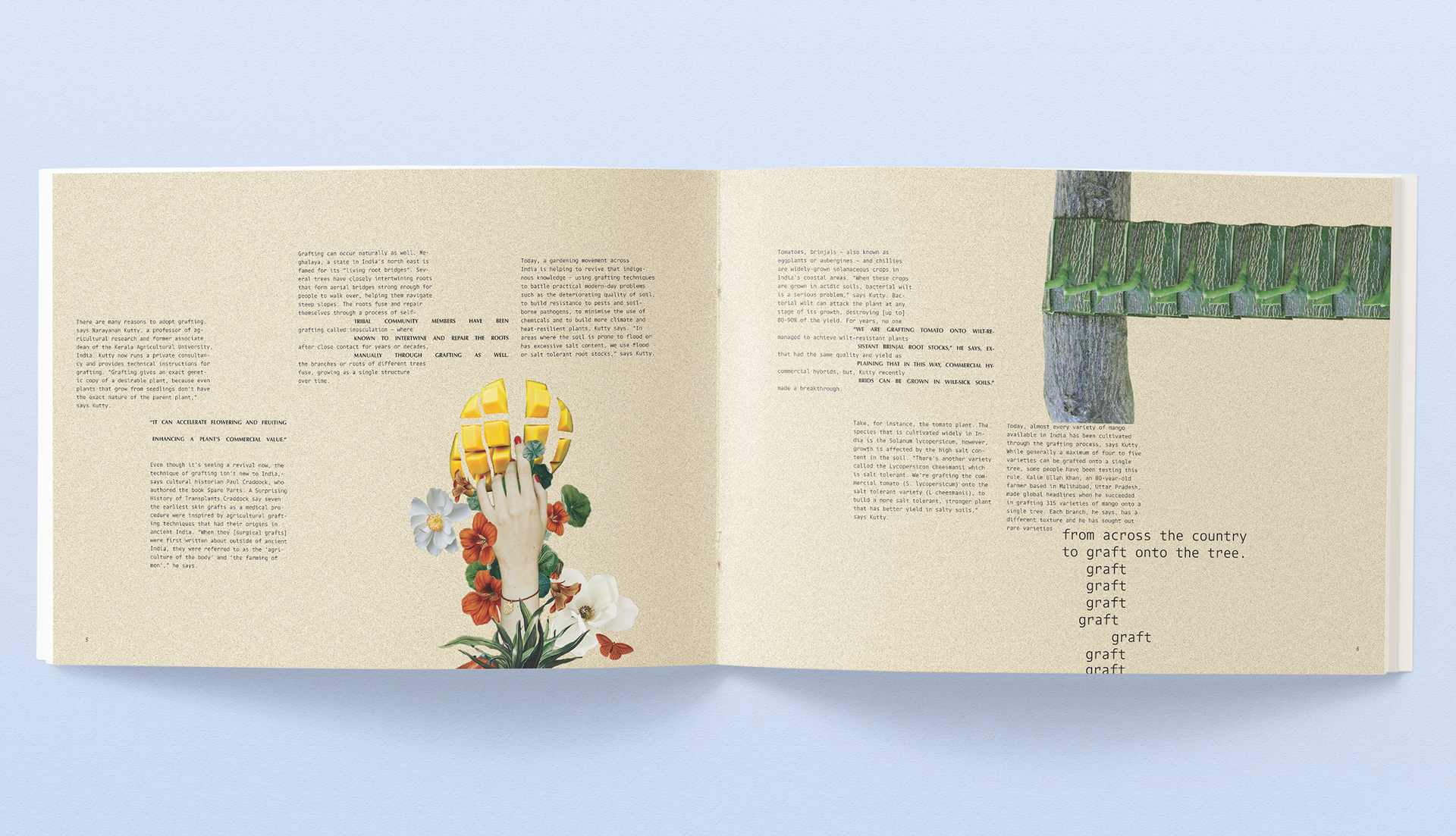ASTRIDIA
EDITORIAL DESIGN/VISUAL IDENTITY
ASTRIDIA is a science and technology publication that cultivates excitement with its biodiverse platform. The magazine spotlights beneficial plant growth technology, both modern and traditional methods. It breaks down the benefits of various technology and how it's helping the environment globally.

Who is ASTRIDIA?
What defines ASTRIDIA'S character? What does ASTRIDIA not want to emulate? This list showcases
the goal of ASTRIDIA's personality and underscores what she isn't.
the goal of ASTRIDIA's personality and underscores what she isn't.
Preliminary Sketches
Keeping these keywords in mind, I began to sketch and research various typefaces that fit ASTRIDIA's personality. How could rounded ascenders and descenders invite the reader? How could angled arms and legs showcase the "technical" aspect? How can the typeface truly combine and showcase the duality of the natural aspects of plant growth and its technology?
Final Wordmark
After fighting to create a balance between nature and technology, I decided to start with a more angular typeface. Source Sans Variable was the base in question. Subsequently, I decided to emulate the more natural aspect of the magazine by adding rounded strokes to the insides of the counters and the bowls. This is the final wordmark.
Hierarchy
Now, when researching typeface pairings for the text of the magazine, the goal was to continue to balance that duality between nature and technology. I went with a humanist typeface, Optima, and a monospace typeface, Dico Mono. Below is the hierarchy of my typefaces, their purpose, weight, size, letter spacing, and tracking.
India's Ancient Fruit Trees
In this interview, Kamala Thiagarajan gathers information on the traditional method of grafting to cultivate new plant life. The type and image grow, overlap, and interact to emulate the process of plant growth on the page. Text and image are cut and repeated as to mimic the action of grafting.
Plant Diversity and Grassland Bison
In this feature, Kansas State University presents information on the introduction of bison to grasslands and how it's promoting plant diversity. The type and image play with variable sizes and continue to overlap to emulate plant growth. The images are of bison and local common wildflowers in the grasslands.
Final Magazine




















